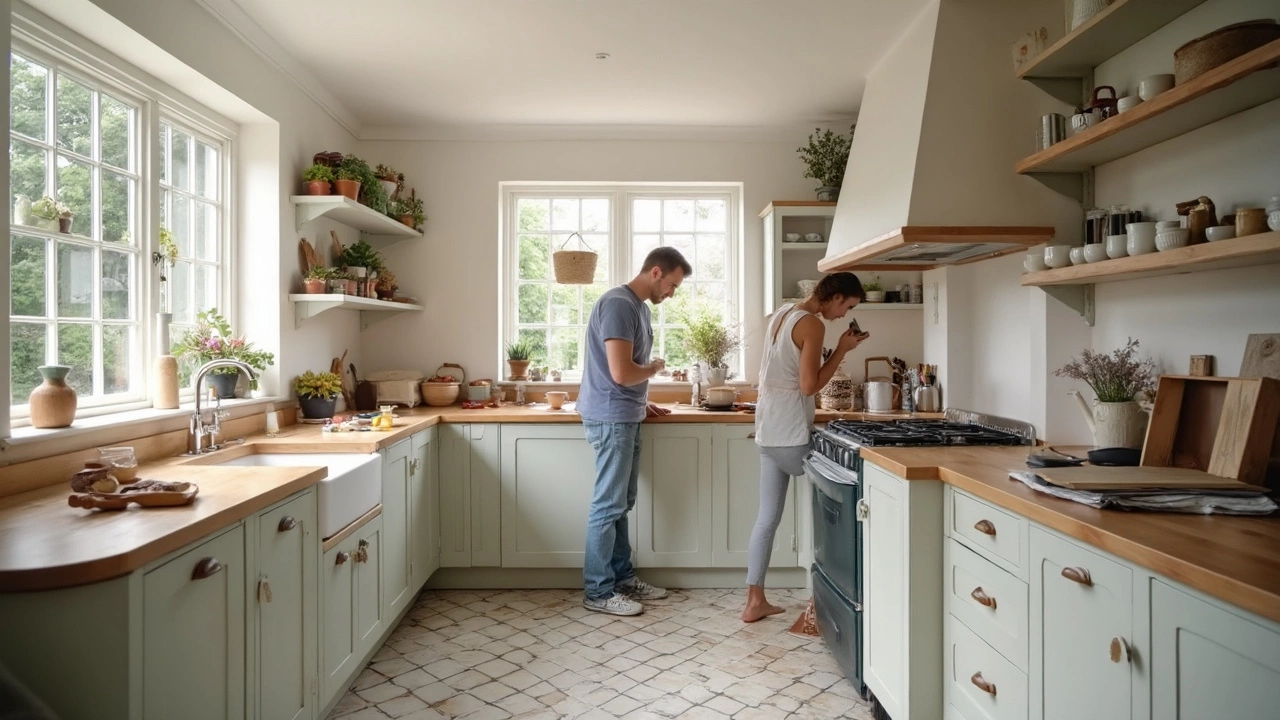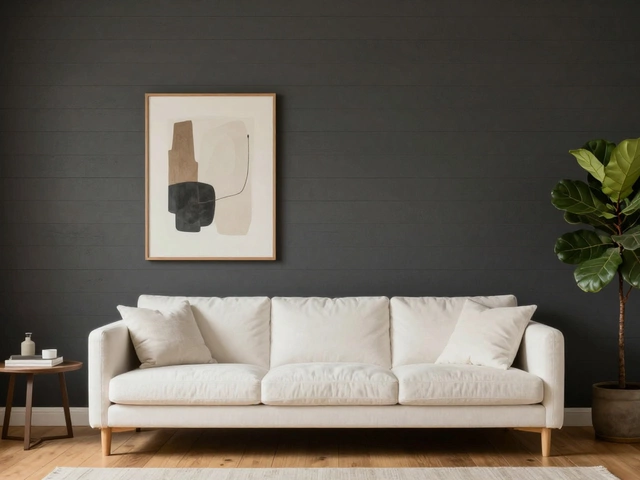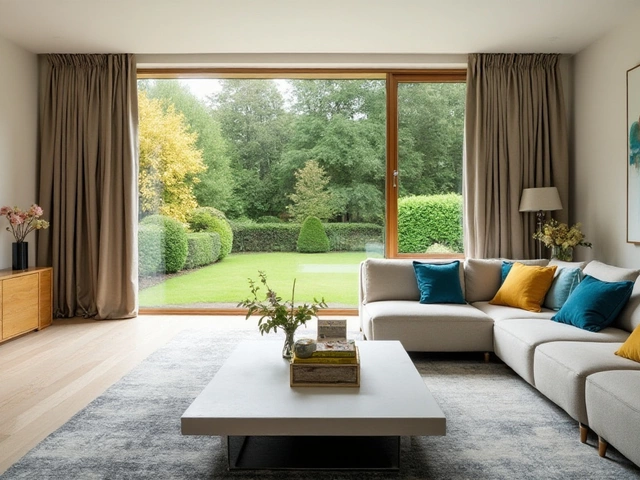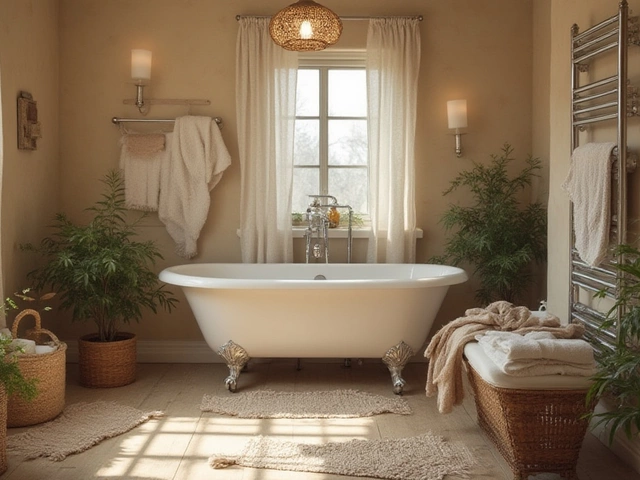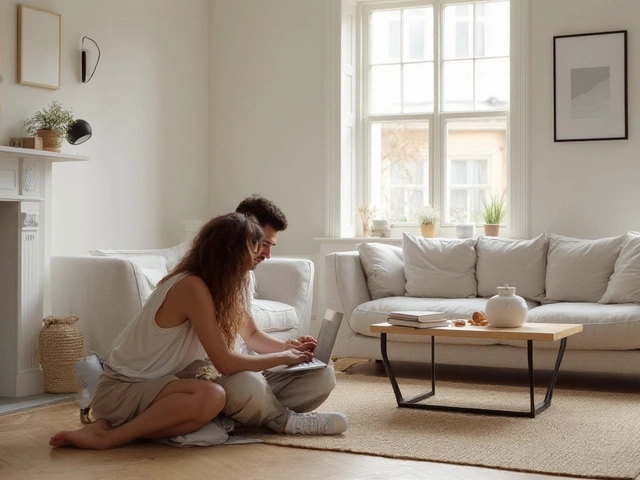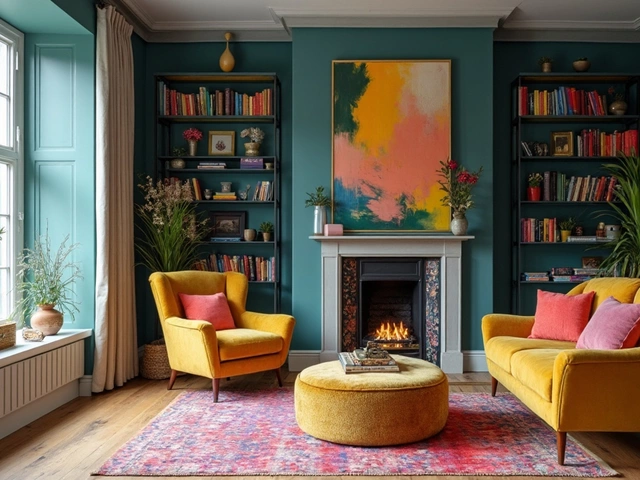Layout Tips: Easy Ways to Arrange Any Room
First thing you need to do is think about what the room will be used for. A living room for TV watching needs a different flow than a space for reading or playing games. Write down the top three activities and let that guide every decision you make.
Measure the room before you buy anything. A simple tape measure and a piece of paper are enough. Write down the length of each wall, the height of the ceiling, and the location of doors and windows. When you have those numbers you can start sketching a rough floor plan. You don’t need fancy software – a hand‑drawn diagram works just as well.
Start With a Floor Plan
Put the biggest pieces of furniture on your sketch first. A sofa, a dining table, or a bed will take up most of the space, so place them where they make sense for the room’s function. Keep pathways at least 60 cm wide so people can move around without bumping into things.
If you have a small area, think vertically. Tall bookshelves, wall‑mounted shelves, and hanging racks free up floor space. For a larger room, create zones – a conversation area, a TV corner, and a small reading nook. Use rugs or lighting to mark each zone without building walls.
When you’re happy with the layout on paper, measure the actual pieces you already own. If a sofa is too big for the sketch, shrink the scale or consider swapping it for a smaller one. This step saves you from buying furniture that doesn’t fit.
Finishing Touches That Make a Difference
Lighting is a game‑changer. Place a lamp near the main seating area for reading, and add a softer light behind the TV to reduce glare. If you can, let natural light flow in by keeping window treatments light and minimal.
Storage doesn’t have to be hidden. Open baskets, stylish boxes, and floating shelves keep clutter off the floor while adding a decorative touch. In a bedroom, a nightstand at the right height (roughly the same level as the top of your mattress) makes bedtime routines smoother.
Don’t forget the walls. A few well‑chosen pieces of art or a gallery wall can pull a room together. If you lack art, try filler art – simple prints that match the colour scheme without stealing the show.
Finally, walk through the room the way you’ll use it. Sit on the sofa, pull out the dining chairs, open the closet doors. If anything feels cramped or out of place, adjust the plan on your paper and try again. Small tweaks now save big headaches later.
These layout tips work for any room, whether you’re updating a modern living space, a cozy bedroom, or a functional kitchen. Start with a clear purpose, measure everything, sketch a simple plan, and finish with smart lighting and storage. You’ll end up with a space that looks good, works well, and feels just right.

